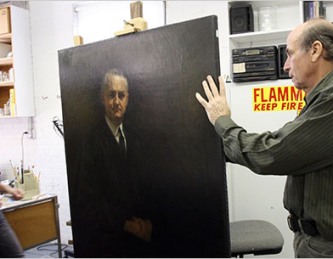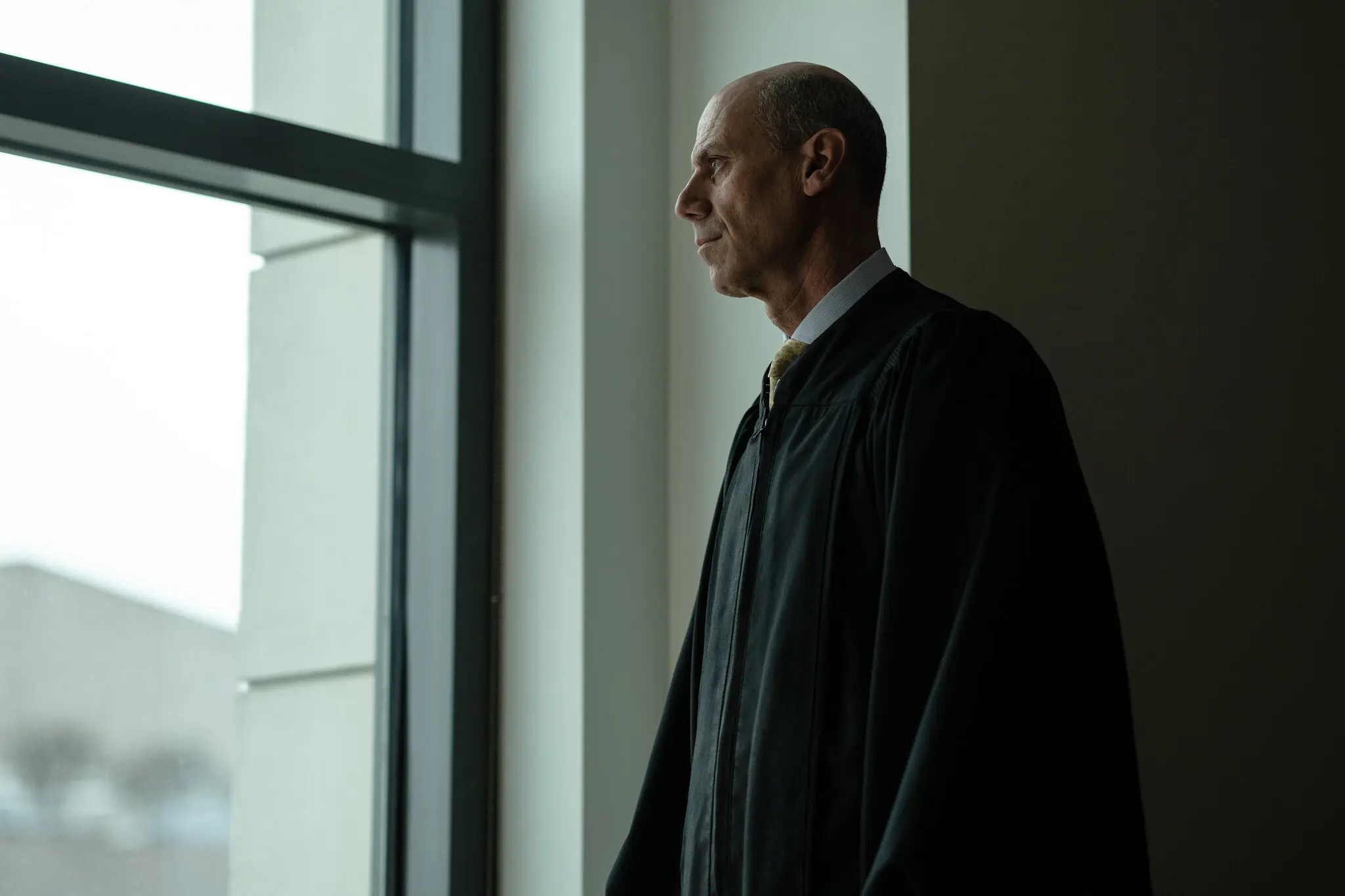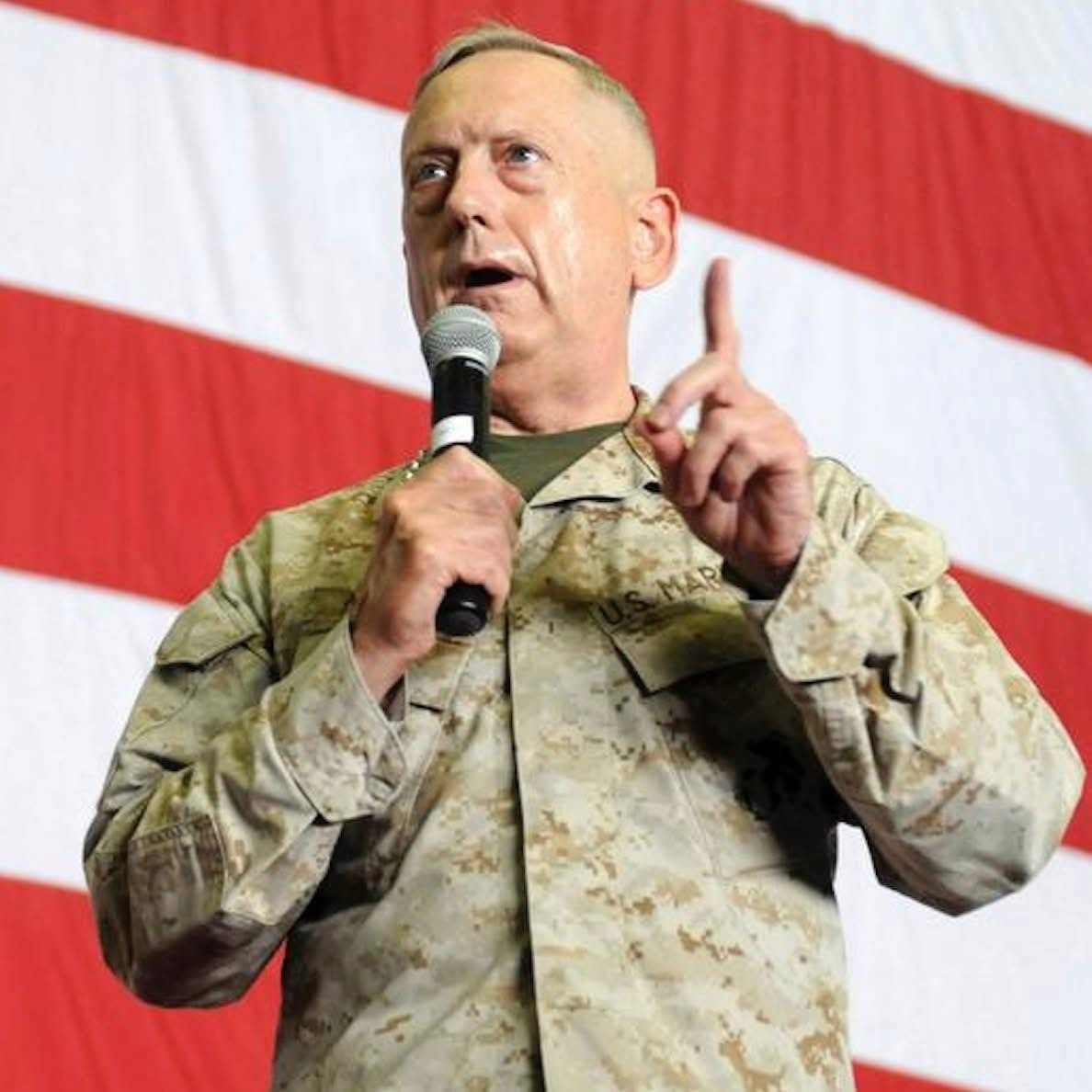When New York Federal District Judge Charles Brieant, Jr. died last summer the staff began packing up his chambers. However, among his personal items was a painting that has many people talking

“Hanging on the wall,” the New York Times wrote, “along with portraits of Lincoln and Theodore Roosevelt, was an oil painting of an obscure judge… Martin T. Manton who sat for two decades on the prestigious federal appeals court for the Second Circuit in Manhattan… was almost appointed to the United States Supreme Court. But in 1939, he resigned in disgrace. He was accused of taking large sums in gifts and loans from parties in cases, was tried and convicted and spent 19 months in prison.”
Years earlier, “…Judge Brieant had rescued [the painting] from a courthouse storage room, paid to have cleaned and enjoyed showing visitors.
So, why would Judge Brieant have a painting of a corrupt judge hanging on his wall next to Lincoln and Roosevelt?
“Brieant told visitors that he displayed the painting as a reminder of the fallibility of judges, particularly those above him on the Second Circuit, whom he liked to needle and call the Second Circus.”
“In some ways,” the Times said, “the legacy of Judge Manton has already been erased from the legal annals: two federal judges in Manhattan recalled that when they were law clerks, their judges admonished them never to cite Judge Manton’s opinions. But some district court judges are not so ready to sweep the Manton story under the rug.
“Judge P. Kevin Castel, who has studied and written about the Manton case, said he agreed with Judge Brieant: ‘He viewed Manton as a scoundrel, but it was a morality tale and important to keep the story alive. You don’t hide that.’”
Years ago, I remember visiting Dachau, the Nazi concentration camp about ten miles outside Munich. I was surprised to find that the grounds and many of the original buildings were kept in good condition. I asked a similar question: why would local citizens restore and maintain, what has become, a shocking symbol of intolerance and death?
Answer: So that no one will ever forget.
While positive examples of ethical conduct can serve to reinforce good behavior, terrible, even horrific examples can serve as important reminders of the negative consequences of bad behavior and complacency.
So, what’s to be done with the Judge Manton portrait?
Judge Jacobs, the Second Circuit’s chief and friend of Judge Brieant said, “I’m kind of hoping that Judge Manton will disappear.”
I’m kind of hoping he hangs around.
Comments










